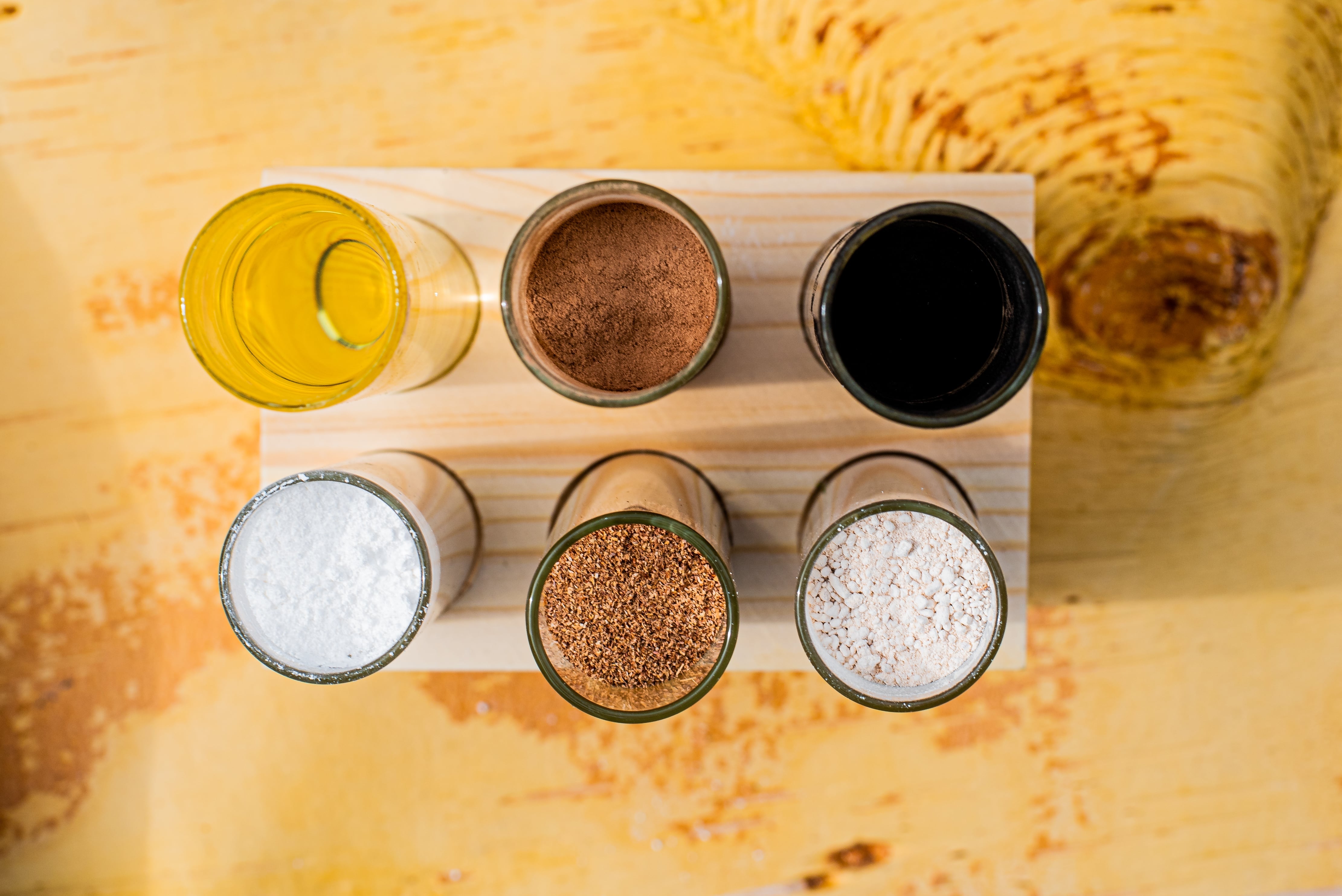Published in Latest Trends in Textile and Fashion Designing, researchers from universities in Italy, Saudi Arabia and China reviewed the beauty and wellness market in the context of green economy needs. This, they said, was increasingly important given today’s focus on planetary health and human wellbeing in the context of the ongoing COVID-19 and environmental crises.
The researchers said there was a clear need to “realise a new industrial renaissance” that reduced the use of natural material by using waste by-products and sustainable technologies to maintain human wellbeing, planetary biodiversity and the environment.
A sustainable future needs ‘the right technology and innovation’
“With the actual climate and regulatory pressure, the sustainability has to be at the core of every business strategy,” the researchers wrote.
And this focus on sustainability, they said, had to see investments made in the “right technology and innovation, necessary to solve the intolerable increasing of waste and GHG emissions, cause of the environmental disasters which are rushing the planet.”
“…For living in a world more nature-orientated and trying to solve quickly, not only the great problem of food and plastic waste, but also a new and unsuspected future crisis, such as the actual COVID-19 pandemic, it will be necessary to change the consumer/market behaviour and the global way of thinking and living. As [a] consequence, all the developing and developed technologies coming from universities and industries have to be quickly utilised, accepting the emerging knowledge.”
The researchers said that evaluating, anticipating and solving problems via sustainable bio-nanotechnologies with zero waste would be “a must” in maintaining human wellbeing and planetary biodiversity.
Circular nanoparticle innovation for ‘smart’ cosmeceuticals
For the cosmetics industry, they said there was clear promise for sustainable nanoparticles made from waste materials that could be loaded with active ingredients. More specifically, the team had developed nanoparticles to make green films and non-woven tissues using two natural polymers – chitin and lignin – obtained from fishery by-product and plant biomass.
“Chitin nanofibrils (CN), nano-ligin (LG) and their derived compounds have been proposed to make nanoparticles (NPs) by the use of water as solvent. These NPs, loaded by different active ingredients and bound on the surface of natural bio-fibres, may be used to make biodegradable carriers structured as innovative non-woven tissues and films. Depending on the polymers selected to make the micro-nanocomposites and the actives loaded into the fibres, these new vehicles may be used to produce smart cosmeceuticals, nutraceuticals or advanced medications," they wrote.
For cosmetics, the emulsions could be used to “promote a healthy barrier for an aged skin”, they said, preventing water loss and dryness thus slowing down the formation of wrinkles, for example. Small-size chitin, they said, induced the production of anti-inflammatory cytokine IL-10 which contributed to skin repairing effectiveness. And in the context of a world facing increasing contaminants in the environment and rising stresses associated with COVID-19, tackling skin ageing was highly relevant, they said.
In medicine, the researchers said the nanoparticles could be used to modulate the granulation tissue in wounded skin.
“By our research studies on these innovative tissues, it has been shown the interesting impact the natural polymeric material may have in today’s health and beauty technologies. The different structure of chitin nanofibrils (CN), nanolignin (LG)and their complexes seem to have the ability to govern morphology and property of the obtained tissues, creating a molecular architecture able to repair wounded and burned skin as well as photo-aged skin altered from the UV and pollution aggression. Assuredly, the antioxidant and immunomodulatory effectiveness of both CN and LG seem to be increased by their CN-LG complexes, also if the two polymers are totally different in their structure.”
Tapping into naturalness and human health and environment impact
Beyond efficacy, the researchers said the way in which these nanoparticles and subsequent tissues or films were made – from waste materials, manufactured using sustainable technologies that consumed low levels of water and energy – was especially important, because it aligned with new green economy goals.
“During the last ten years, the world vision of a better appearance has been further evolved, so that health and beauty became a must for any consumer and cosmetic company. Moreover, both consumers, women, and men, became increasingly aware of the cosmetic naturalness and impact on body and environment. They wish to know how to products are made and which is the raw material source of origin, controlling not only the prices but also their environmentally and ethically respectful practice,” the researchers wrote.
Source: Latest Trends in Textile and Fashion Designing
Published online ahead of print, doi: 10.32474/LTTFD.2021.04.000185
Title: “The new renaissance of beauty and wellness trough the green economy”
Authors: P. Morganti, G. Morganti, A. Memic, MB. Coltelli and HD. Chen




